Winter’s icy grip can be deadly for most living things, but some remarkable creatures have evolved an incredible ability to survive being frozen solid. These animals and plants can endure temperatures well below freezing, with some even able to withstand being frozen for years. Their secret lies in special proteins and sugars that protect their cells from damage. This extraordinary skill helps them survive in some of the world’s harshest environments, from the Arctic tundra to the tops of mountains. Let’s explore 15 of these amazing freeze-tolerant organisms that laugh in the face of winter.
Wood Frog
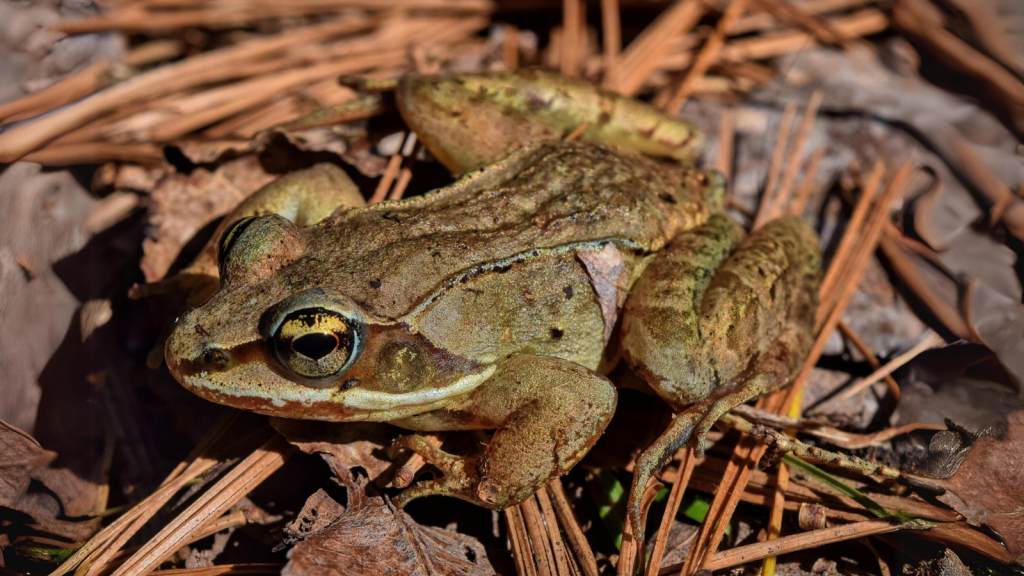
The wood frog is a master of cold survival. These little amphibians can freeze solid for weeks at a time, with no heartbeat or blood flow. They produce a special type of glucose that acts like antifreeze in their cells. When spring arrives, they thaw out and hop away as if nothing happened. Wood frogs can survive multiple freeze-thaw cycles in a single winter, making them one of the most freeze-tolerant vertebrates known.
Arctic Woolly Bear Moth
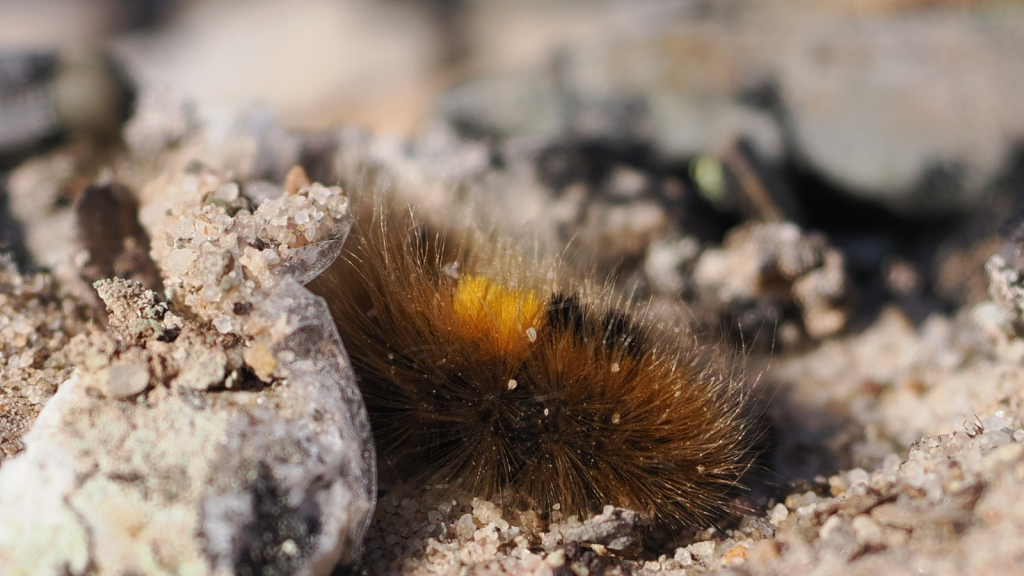
This fuzzy moth caterpillar spends most of its life frozen. It can survive temperatures as low as -70°C by producing glycerol, a type of antifreeze. The caterpillar can freeze and thaw up to 7 times before finally turning into a moth. Remarkably, this process can take up to 14 years, making it one of the longest-lived Arctic insects.
Painted Turtle Hatchlings
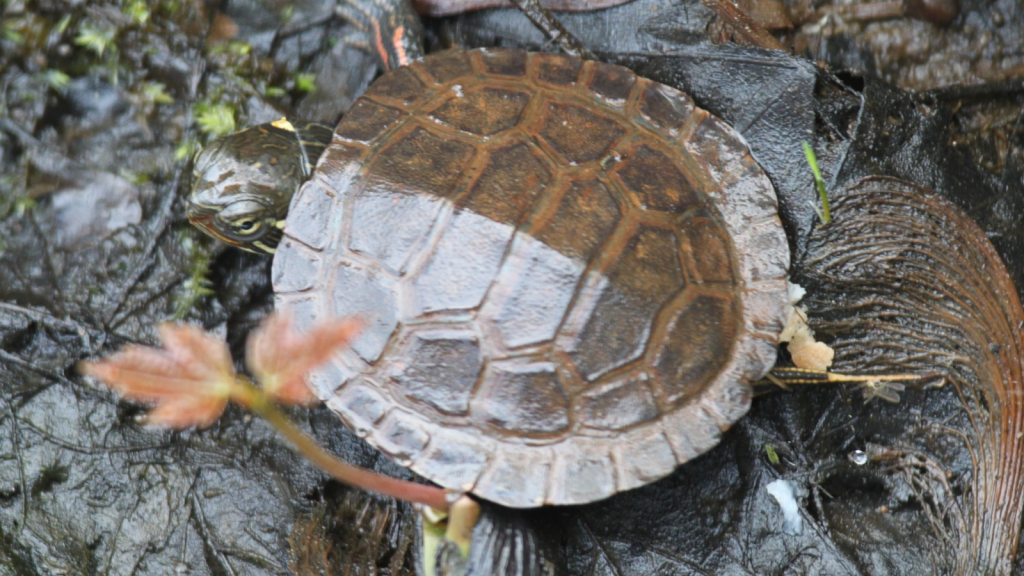
Baby painted turtles hatch from their eggs in autumn but stay in their underground nests until spring. They survive winter by allowing their bodies to freeze solid. Special proteins in their blood prevent ice crystals from damaging their cells. These tough little hatchlings can endure temperatures as low as -12°C, remaining frozen for over 100 days.
Spring Peeper Frog

These tiny frogs can survive having up to 65% of their body water turned to ice. They stop breathing and their hearts stop beating while frozen. When they thaw, they start singing their distinctive peeping call as if nothing happened. Spring peepers can survive multiple freeze-thaw cycles throughout winter, sometimes freezing and thawing several times in a single day.
Upis Beetle
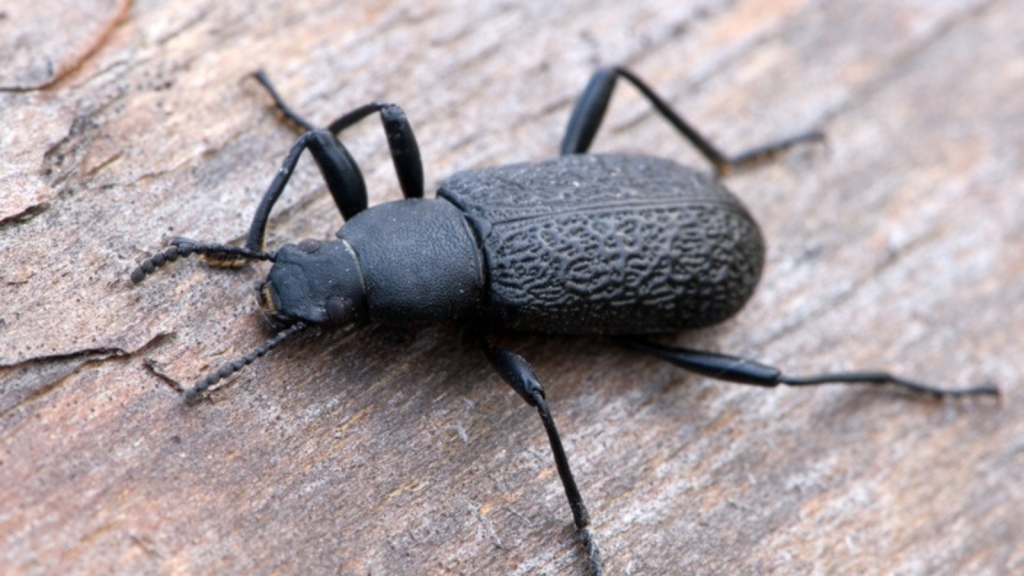
This tough little beetle lives in Alaska and can survive temperatures as low as -100°C. It does this by removing almost all water from its body and replacing it with a sugar-based antifreeze. This prevents damaging ice crystals from forming in its cells. The Upis beetle’s extraordinary cold tolerance allows it to survive in some of the harshest environments on Earth, including the Alaskan tundra.
Tardigrade
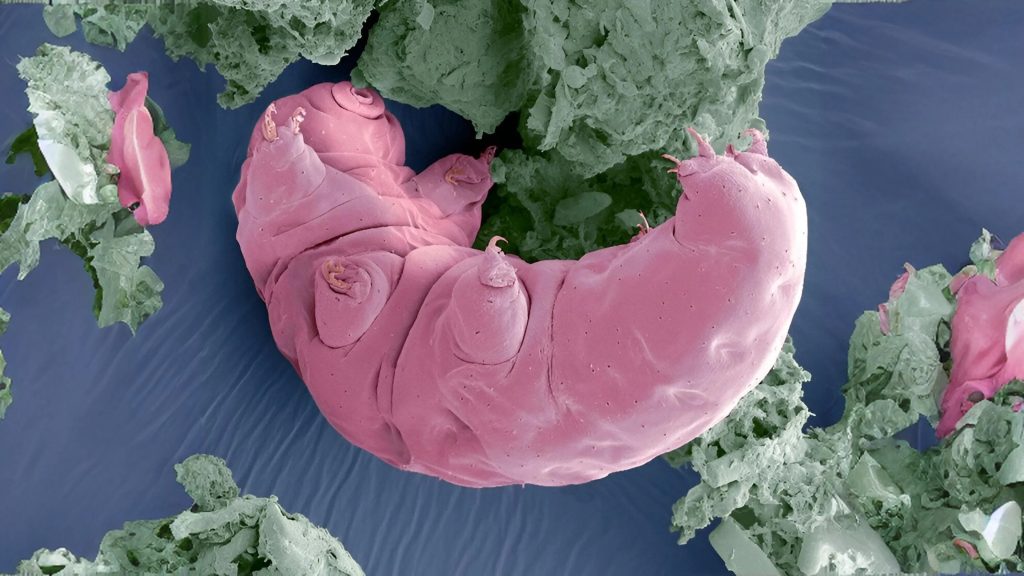
Also known as water bears, these microscopic animals can survive being frozen for up to 30 years. They do this by entering a state called cryptobiosis, where they expel almost all water from their bodies and shut down their metabolism. Tardigrades are so resilient that they’ve even survived exposure to the vacuum of space.
Arctic Ground Squirrel
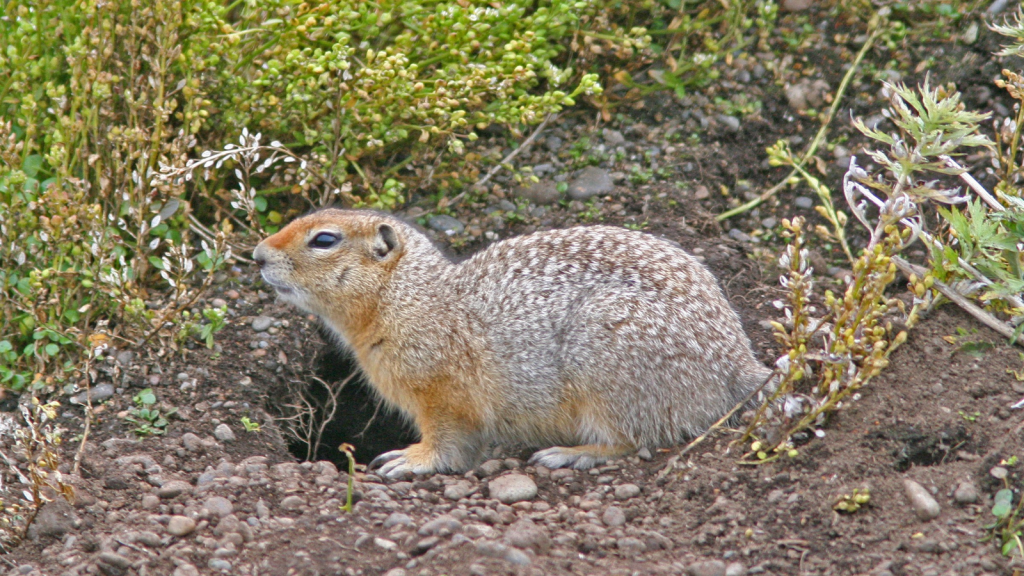
These furry creatures can lower their body temperature to below freezing during hibernation. Their blood continues to flow, protected by glucose that acts as an antifreeze. They can stay in this state for up to 8 months. Arctic ground squirrels have the lowest recorded body temperature of any mammal, dropping to -2.9°C during hibernation.
Gray Tree Frog
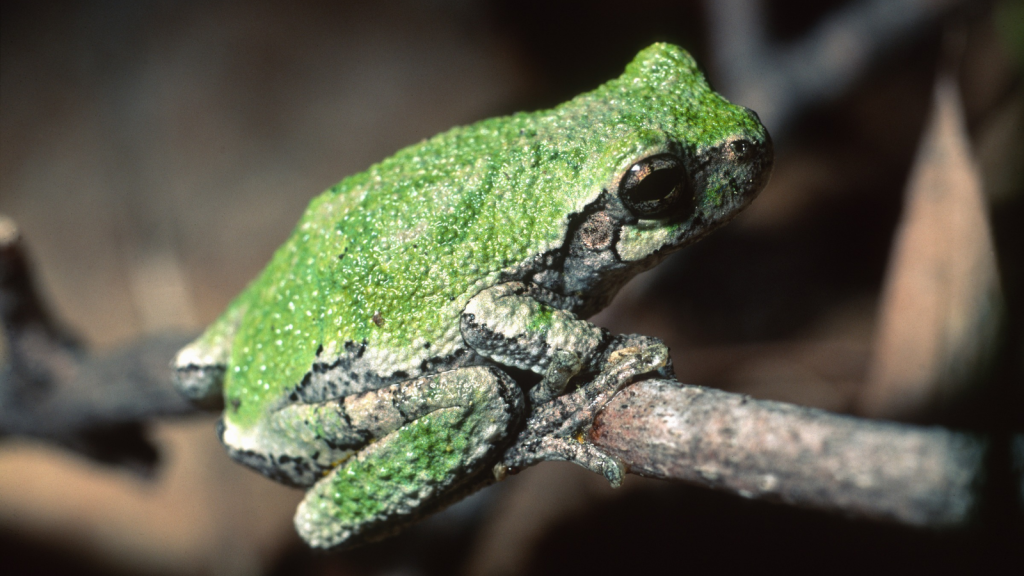
This frog produces its own antifreeze made of glucose and glycerol. It can survive having 70% of the water in its body frozen solid. When it thaws, it immediately starts its distinctive trilling call. Gray tree frogs can survive temperatures as low as -6°C, and their ability to freeze and thaw repeatedly helps them cope with unpredictable spring weather.
Antarctic Midge
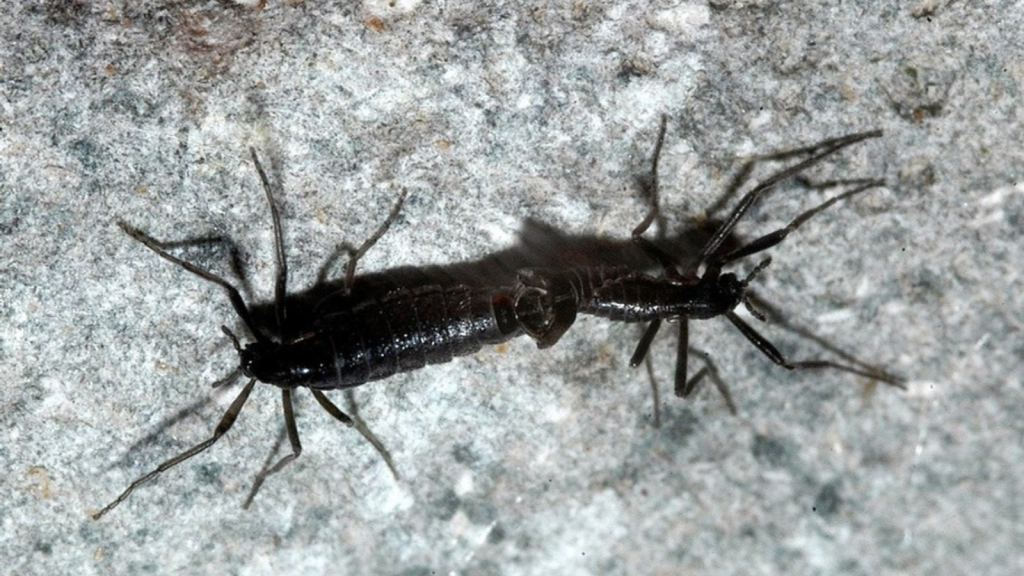
This tiny insect is the only creature that spends its entire life on the Antarctic continent. It can survive being frozen solid for months at a time by producing special proteins that prevent ice formation in its cells. The Antarctic midge has the smallest genome of any insect known, which may be an adaptation to its extreme environment.
Pond Snail

Some species of pond snails can survive being frozen solid. They do this by quickly contracting into their shells when temperatures drop, expelling water to prevent ice crystal formation. They also produce special proteins that protect their cells. Pond snails can survive in a frozen state for several months, allowing them to overwinter in shallow ponds that freeze completely.
Wood Sorrel
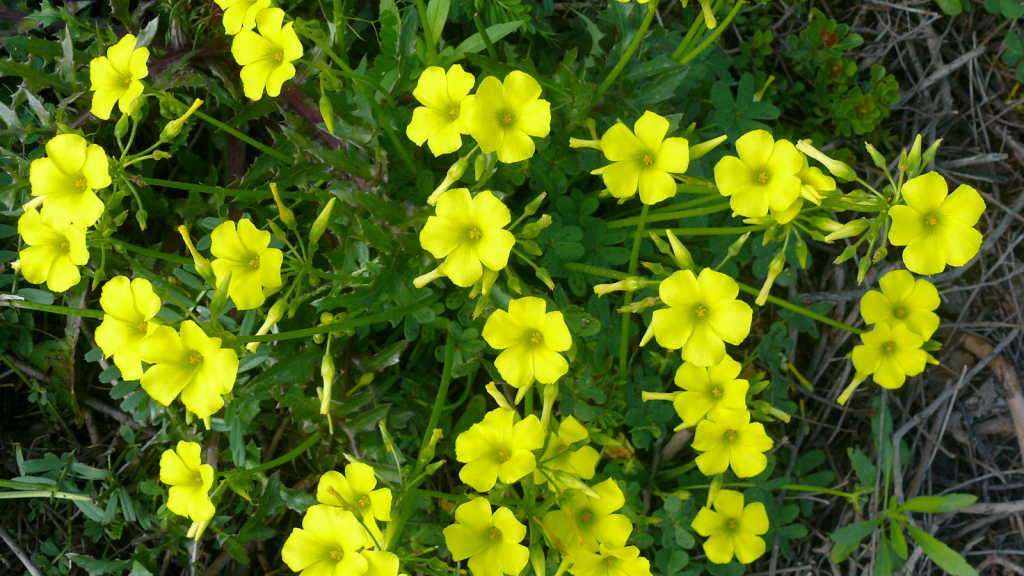
This common garden plant can survive its cells being frozen solid. It does this by moving water out of its cells into spaces between them, where it can freeze without causing damage. The plant also produces special proteins that protect its cell membranes. Wood sorrel’s freeze tolerance allows it to remain green under snow cover, giving it a head start on growth when spring arrives.
Emerald Ash Borer
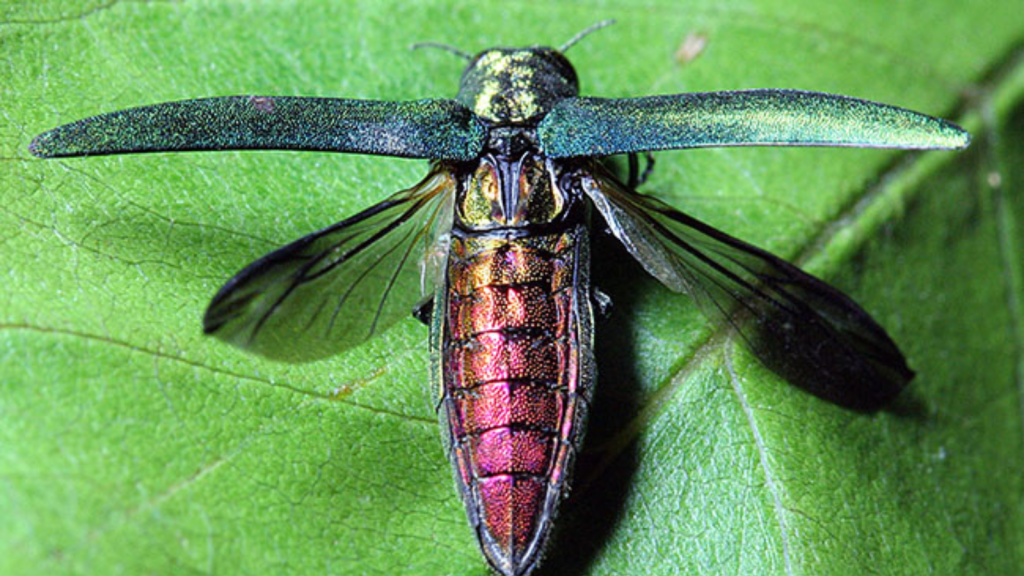
This invasive beetle can survive temperatures as low as -34°C. It does this by producing antifreeze proteins and removing water from its cells to prevent ice crystal formation. This ability helps it spread to new areas, even in cold climates. The emerald ash borer’s cold hardiness has contributed to its rapid spread across North America, causing widespread damage to ash trees.
Chorus Frog
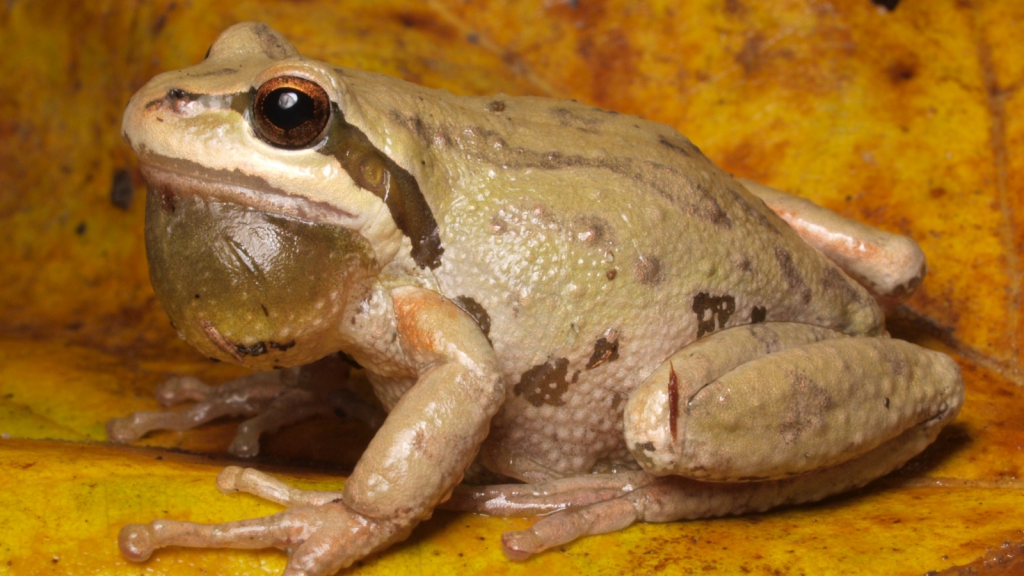
These small frogs can survive having 65% of their body water turned to ice. They produce glucose as an antifreeze and move water out of their cells to prevent damage. When they thaw, they immediately start their distinctive chorus call. Chorus frogs can survive multiple freeze-thaw cycles and have been known to revive after being frozen solid for several weeks.
Resurrection Fern
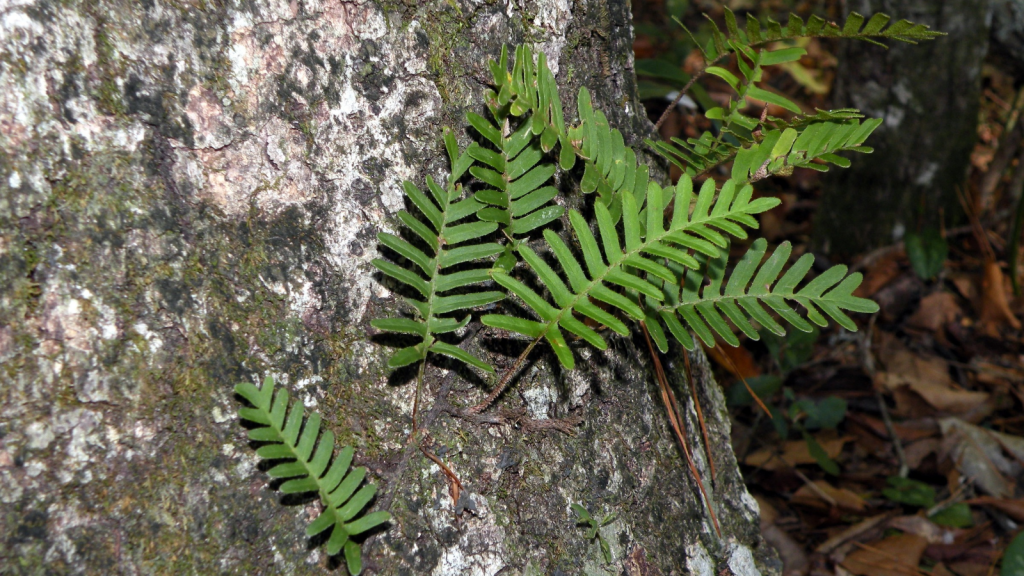
This plant can lose up to 97% of its water content and appear completely dead. When water becomes available again, it can revive within hours. This ability allows it to survive both freezing temperatures and long periods of drought. The resurrection fern can remain dormant for up to 100 years and still revive when conditions become favourable.
Arctic Cod
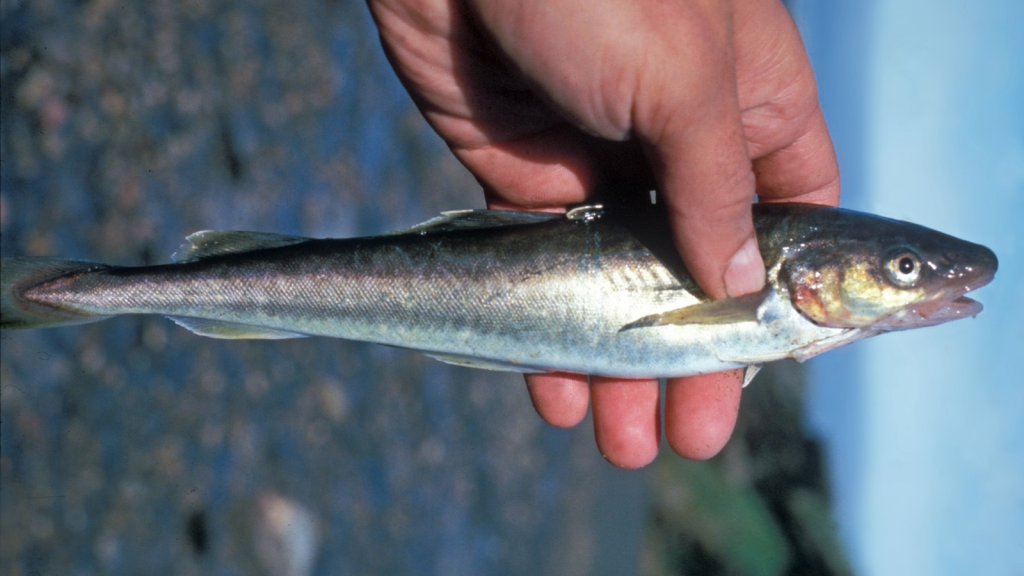
These fish produce antifreeze proteins that lower the freezing point of their blood. This allows them to survive in water temperatures below 0°C without freezing. They can even survive being in direct contact with ice crystals in the water. Arctic cod play a crucial role in polar ecosystems, forming a key link in the food chain between plankton and larger predators like seals and whales.
Becky is a fervent wildlife enthusiast and pet care expert with a diploma in canine nutrition. Her love for animals stretches beyond the domestic, embracing the wild tapestry of global fauna. With over a decade of experience in animal welfare, Becky lends her expertise to OutlandishOwl through insightful articles, captivating wildlife information, and invaluable guidance on pet nutrition. Her work embodies a deep commitment to understanding the intricate lives of animals and a passion for educating others on sustaining natural habitats. Becky's hands-on conservation efforts and her knack for translating complex dietary science into practical pet feeding tips make her an indispensable voice for creatures great and small.




